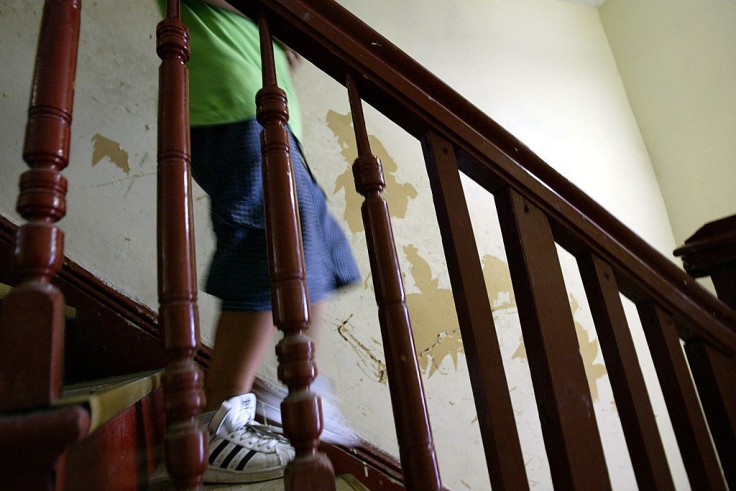
Children in Missouri recorded dangerous lead levels in their blood as per a 2012 state report, despite decades after lead was phased out of gasoline and banned in residential paints and water pipes in the U.S. A decade after the report, children in the midwest like Iowa, Kansas, Missouri, and Texas are still exposed to lead poisoning without them knowing it.
High levels of lead are also found in children's blood in Iowa, Kansas, and Texas. The lead comes from unlikely sources like dust from lead-free paints, which could settle in the soil or track from the soil brought in by dogs or by humans indoors, as per NPR.
Lead contamination is prevalent in these areas as Kansas City used to be a smelter that produced thousands of tons of lead, silver, and zinc. In Iowa, 60 percent of the homes were built before the 1960s. Homeowners widely used residential lead-based paints then. Meanwhile, Missouri is the number one producer of lead in the country. Despite years of attempts to reduce lead, it still contaminates structures where children frequent.
The four states have the most lead water pipes in the country. One study indicated that the four states had the highest lead poisoning rates.
Lead poisoning in children
Lisa Pascoe had her toddler tested for lead poisoning, as per her pediatrician's advice. She thought there was no way that he could be at risk. They had their home in St. Louis remodeled. But she was shocked when the nurse informed her that her son's blood level was dangerously high, five times the normal level.
A few days after, St. Louis city health workers did some tests in the home to identify the source of lead. Health experts then learned that the culprit was from their home's front window. Closing and opening the window caused the lead dust to peel off and settle in the mulch and soil outside the house where their son played every day. Pascoe kept his son from playing outside. She cleaned their home with a vacuum cleaner equipped with a HEPA filter provided by the health department and wiped off everything that could bring lead dust into the house. They also went through the process of decontamination. Workers encapsulated the flaking paint by coating and sealing the old paint to prevent the release of lead dust or paint chips. Lead in her toddler's blood began to drop, but it was not enough to keep his lead level low.
Pascoe's son was one of the estimated 4,700 Missouri children with dangerous lead levels in their blood. Although cases have decreased in the mid-century, lead is a persistent poison that impacts thousands of families per year, especially the low-income communities and families of color, Environmental Health News reports.
A decade later, the psychological scars remain. The Pascoes had to leave their home to escape lead hazards. They also became cautious about keeping their son off from lead exposure. The family finally moved to a new home without lead in 2013, and his lead levels dropped to below one.
Her son was diagnosed with autism and Attention Deficit Hyperactivity Disorder (ADHD).
Scientific American also reports on Brandon, 20, who was exposed to peeling lead paint as a child. When he was 2, his levels reached almost ten times more than the current Centers for Disease Control and Prevention threshold. He was hospitalized for chelation treatment, and doctors removed heavy metals from his body. However, once a child is exposed to lead, the impact can be irreversible. He has cognitive impairment, ADHD, and outbursts of anger.
Lead poisoning awareness
The Pascoes are vigilant about what they use now. They make sure they also use lead-free toys and crayons and use glass dishes to avoid contact with lead.
Pascoe also warns other families to have their homes assessed for lead, especially those who live in old houses. Other parents are shocked when Pascoe tells them about lead poisoning. She said that most of them think it would not happen to them or was just a thing of the past.
Related Article: Home COVID-19 Test Kits Contain Toxic Chemicals, Poison Centers Warn